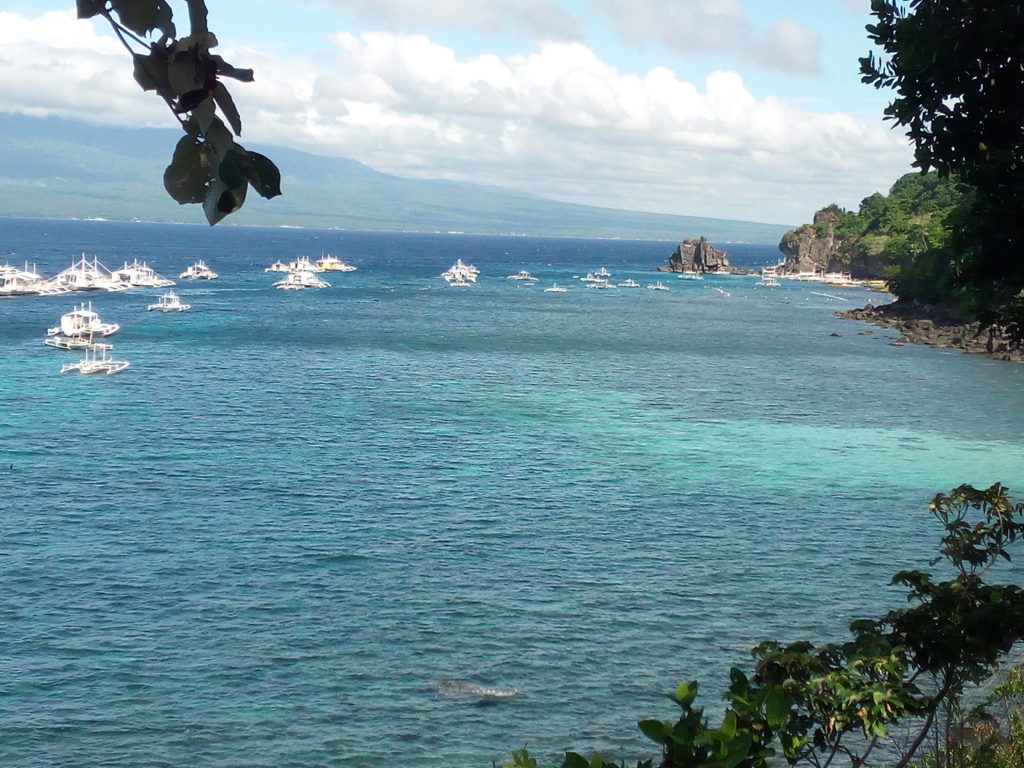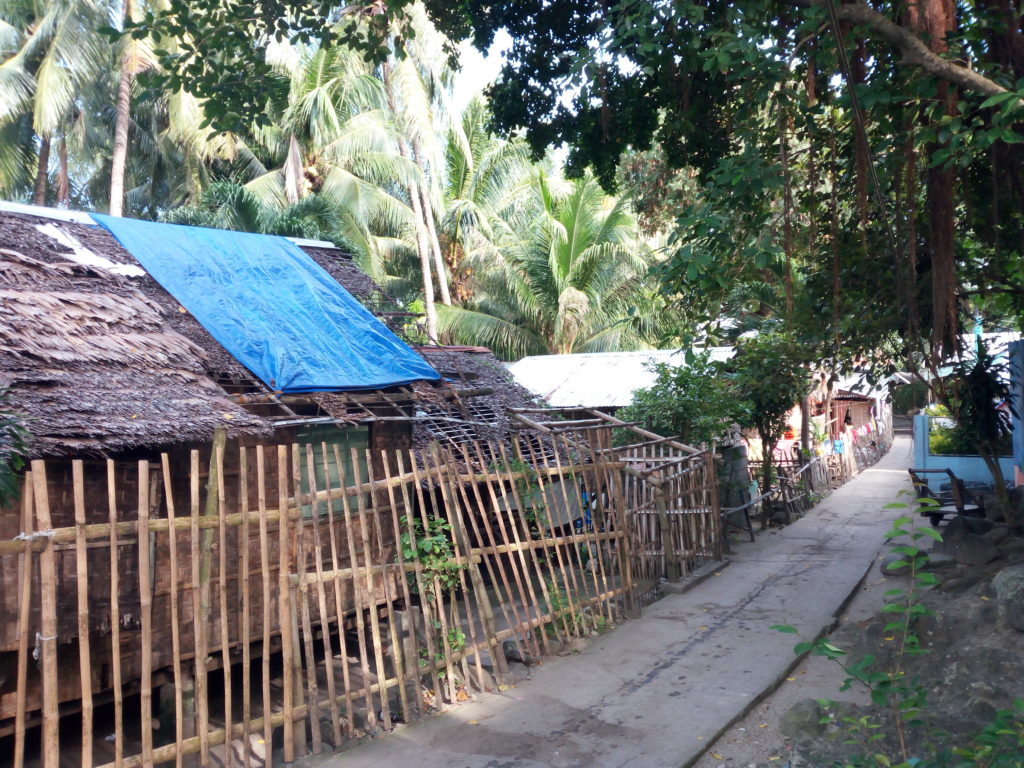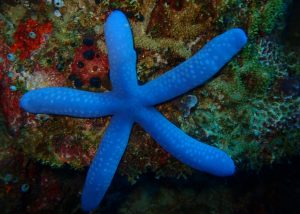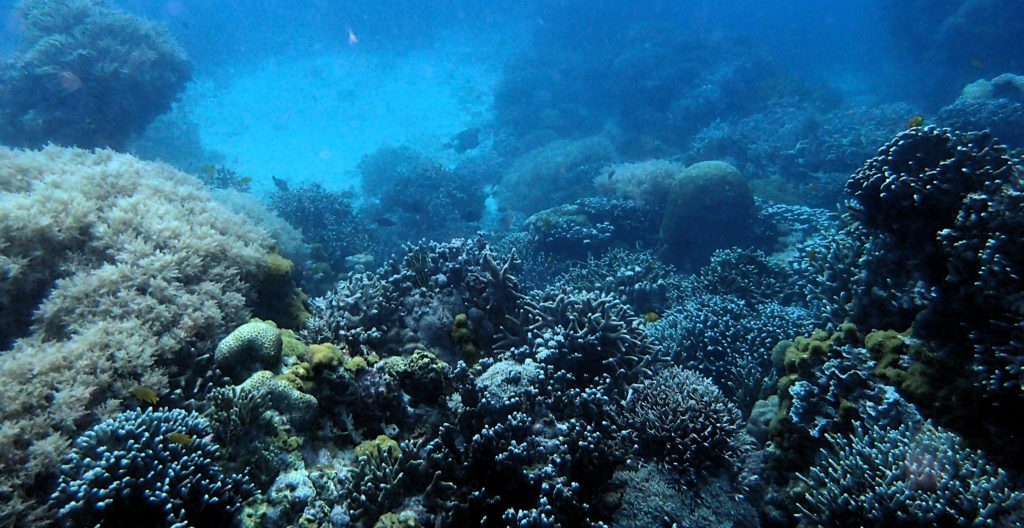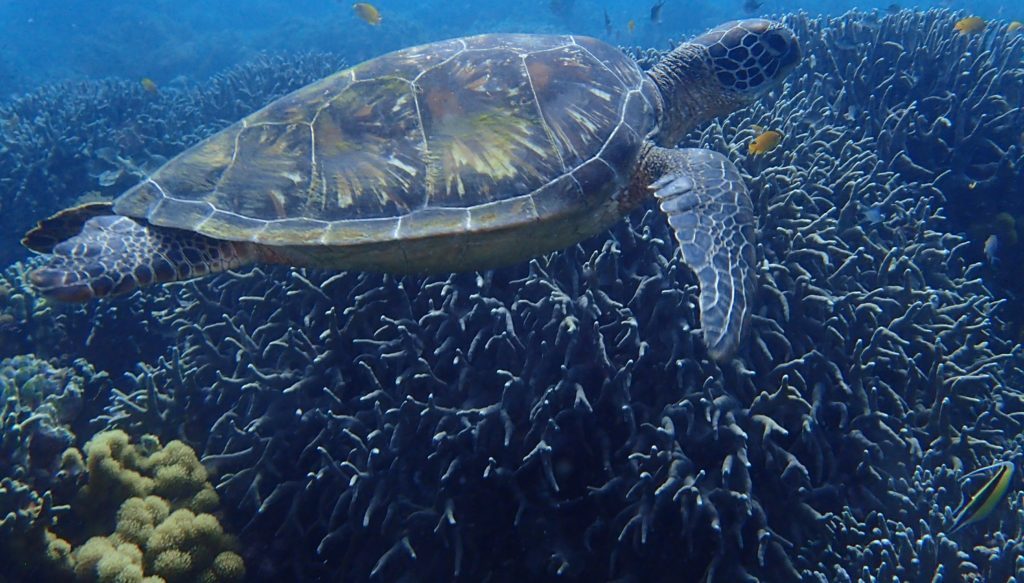Local Autonomy: A Key to Protection of the Ecosystem. The Philippines Apo Island
Apo Island's Protected Landscape and Seascape
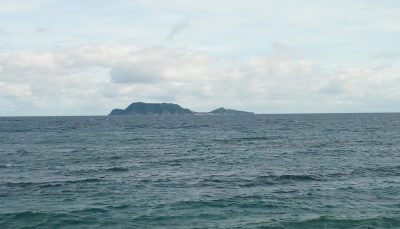
Featured image: Apo Island seen from Negros
When Europeans first visited the east Atlantic seaboard, the hyperabundance of cod would not go unnoticed. In 1602, English explorer Bartholomew Gosnold named the peninsula, where the Nauset and Wampanoag people lived, Cape Cod after its fish stocks.
The Grand Banks of Newfoundland and Georges Bank of Massachusetts and Nova Scotia were immensely rich fishing grounds that were plundered by the early 1990s. Subsequently, a moratorium was imposed on the fisheries in hopes of recovery. [1]
In the case of the Grand Banks, one analysis laid the blame squarely on technology, draggers, factory trawlers and “the expansionary dynamics of capitalism [that] caused Canadian vessels to scour the seas for ever increasing profit…” [2] “[O]verfishing, primarily driven by the capitalist ethic, was one of the major causes of the collapse of the North Atlantic Cod fishery.” [3], [4]
In his book, The Plundered Seas, Michael Berrill called the Grand Banks and Georges Bank maybe the saddest story of overfishing. [5] Berrill recognized the problem of protecting straddling stocks, as projections of the Grand Banks were outside Canada’s EEZ; moreover, Spain and the EU ignored the Northwest Atlantic Fisheries Organization quotas. [6]
Worldwide, Berrill pointed to a peak in captured fish stocks in 1989, that signaled a maximum sustainable global catch having been approached. [7] The FAO concurred, finding that “unregulated fisheries were often leading to resource depletion.” [8] Given that the global fisheries are considered important for the food security and nutritional needs of the world’s population [9] this should be a cause for concern.
Berrill’s solution was the management of Large Marine Ecosystems. [10]
There is much evidence for the efficacy of marine reserves and site management. For example, crab fishery data from 1996 to 2013 indicated that the decrease in catches after closure to trawling and gillnetting was significantly greater outside than inside closure zones. [11]
In the face of uncertainty, adherence to the precautionary principle seems prudent. [12] Prudent and logical, but not easy.
“Fishers, like most other people, don’t like to be managed at all,” Berrill noted. [13]
Consequently, rules to protect the environment and its ecosystems are faced with difficulties posed by cheating, lack of enforcement, and insufficient funding. [14]
To overcome this these challenges, Berrill advocated that the marine reserves for protecting fish stocks should be managed by local communities. [15]
Apo Island: Community management of a marine sanctuary
Among the over 7,000 islands in the Philippines, lies Apo Island, a diminutive tropical island, nestled at the bottom of Cebu and southeast from nearby Negros. A sign on Apo Island’s main beach informs that the island is 72 hectares of protected landscape and 619 hectares of protected seascape.
The seascape includes 106 hectares of coral reef. The reserve lies on the south-eastern side of Apo Island and was established in 1982 as a no-take area. It consists of 22.5 hectares along a 0.45 km stretch of the island that represents about 10% of the coral reef. Fishing is the major income-generating activity in the area.
The island is distinctive. There are no roads or motorized vehicles. You get around by walking. Electricity is available only from 6 PM to 10 PM each day. All the lodgings are simple backpacker style. To some this island is paradise.
Main thoroughfare on Apo Island
But people in paradise must not be complacent as a sign affixed to the side of a thatched bamboo hut warns. Titled “Threats to Philippine Biodiversity,” those listed were deforestation, mining, hunting and wildlife trade, pollution, population growth, lack of education, and illegal fishing.
Apo Island is very dependent on fishing for sustenance. But over the years, a decline in catch was noticed and fishers were having to venture farther offshore to catch fish.
Apo Island found a solution: the establishment of a marine sanctuary. This venture was led by Dr. Angel Alcala, a marine scientist from Silliman University. Apo Islander Mario Pascobello, owner of a family-operated diving and homestay business, told of the sensitive negotiations to persuade fisherfolk to accede to a sanctuary and halt deleterious fishing practices among them dynamite fishing, cyanide fishing, muro-ami, and using nets with overly small mesh.
Pascobello related that initially the islanders agreed to 10 percent of the waters being designated a marine sanctuary. When they results turned out favorably, with an increase in near-shore catch, the Apo Islanders agreed to expand the sanctuary.
Pascobello noted that the Apo Island success has led to the establishment of over one thousand marine sanctuaries throughout the Philippines. Pascobello even was invited to Bunaken Island in Indonesia to share the Apo Island experience that helped to set up a marine reserve there.
Image on the right: Blue sea star on Apo Reef
Apo Island is indeed a picturesque underwater realm. This I experienced on several dives, from finning over a sandy plain speckled with gently bubbling vents that belied the volcanic origin of the island to admiring the kaleidoscopic color provided by nature’s marine garden of hard and soft corals — all this backdropped by a clear blue seascape. There are a multitude of sea creatures to be encountered. Anemonefishes danced in their namesake homes, sea snakes poked their heads under coral ledges in search of a meal, sea turtles glided by in ungainly fashion, while schools of big-eye trevallies and barracuda rode the currents of the outer reef. Apo Island is a testament to restoring a vibrant fishing ground, preserving the environment for future generations, and creating economic opportunities through tourism.
Turtles abound in the waters surrounding Apo island
Pascobello averred that community leadership, community monitoring, and education are the keys to the success of the marine reserve.
A 2018 UBC study suggests caution, finding that destructive illegal fishing practices still persist in the Philippines. It seems increased vigilance along with continuing education are ever more needed.
Nonetheless, Apo Island is a testament to land and marine sanctuaries as a winning proposition for the entire community.
*
Kim Petersen is an avid scuba diver and former co-editor of the Dissident Voice newsletter. He can be reached at: [email protected]. Twitter: @kimpetersen. He is a frequent contributor to Global Research.
Notes
- It may well be that a recovery is underway, as there are signs that the the cod stocks are bouncing back. See Aaron Beswick, “The cod are coming back to Newfoundland — and they’re eating the shrimp that had taken over,” National Post, 23 March 2017.
- Fred Mason, “The Newfoundland Cod Stock Collapse: A Review and Analysis of Social Factors,” Electronic Green Journal, 1(17): 4-5.
- Fred Mason, 7.
- In his book 2030: Confronting Thermogeddon in our Lifetime (Arcade Publishing, 2003), Robert Hunter told of an Atlantic fishboat captain who admitted that every country’s fishers had knowingly pillaged the east coast cod for the sake of immediate personal gain.
- Michael Berrill, The Plundered Seas: Can the World’s Fish Be Saved? (San Francisco: Sierra Club Books, 1997): 124.
- Michael Berrill, 125-129.
- Michael Berrill, 2.
- FAO, The State of World Fisheries and Aquaculture 2016, 83.
- FAO, 200.
- Michael Berrill, 40-56.
- Kate Kincaid, George Rose, “Effects of closing bottom trawling on fisheries, biodiversity, and fishing communities in a boreal marine ecosystem: the Hawke Box off Labrador, Canada,” Canadian Journal of Fisheries and Aquatic Sciences, 2017, 74(9): 1490-1502.
- Michael Berrill, 55-56.
- Michael Berrill, 57.
- Michael Berrill, 38-59.
- Michael Berrill, 83-84.
All images in this article are from the author.


